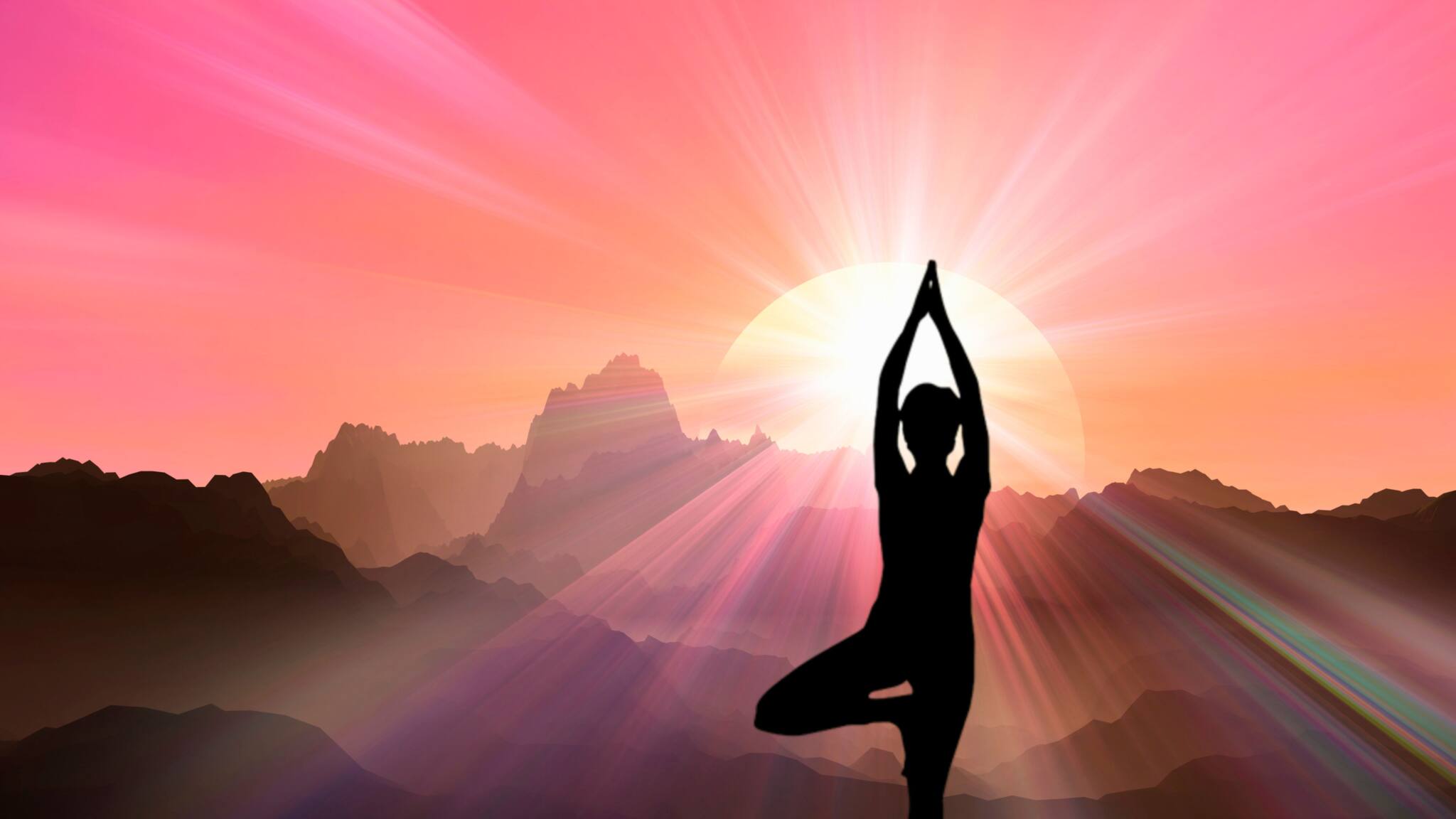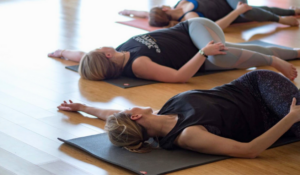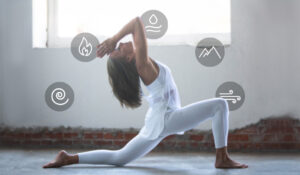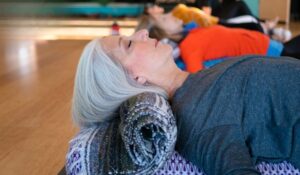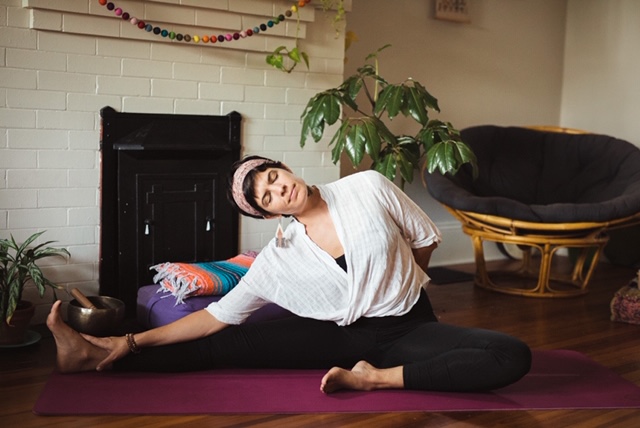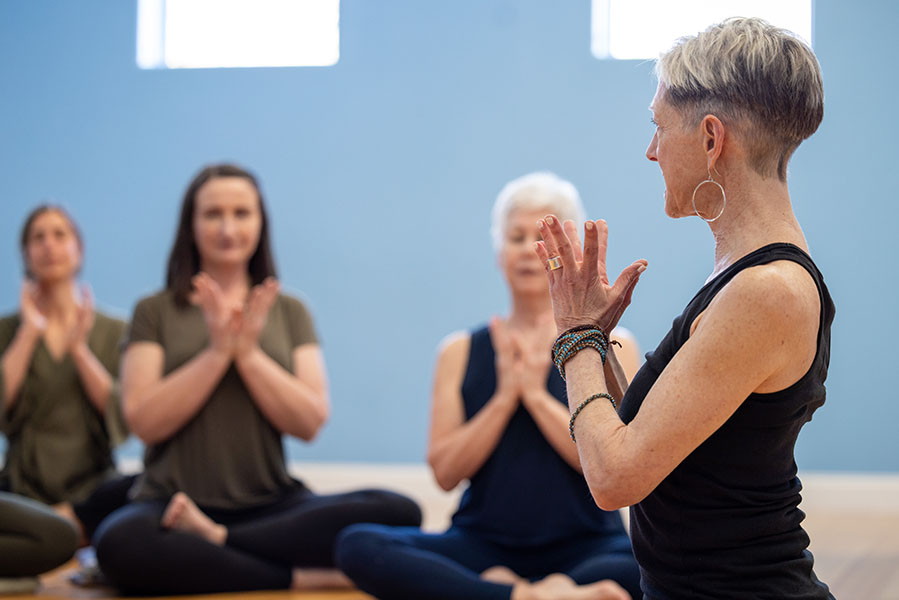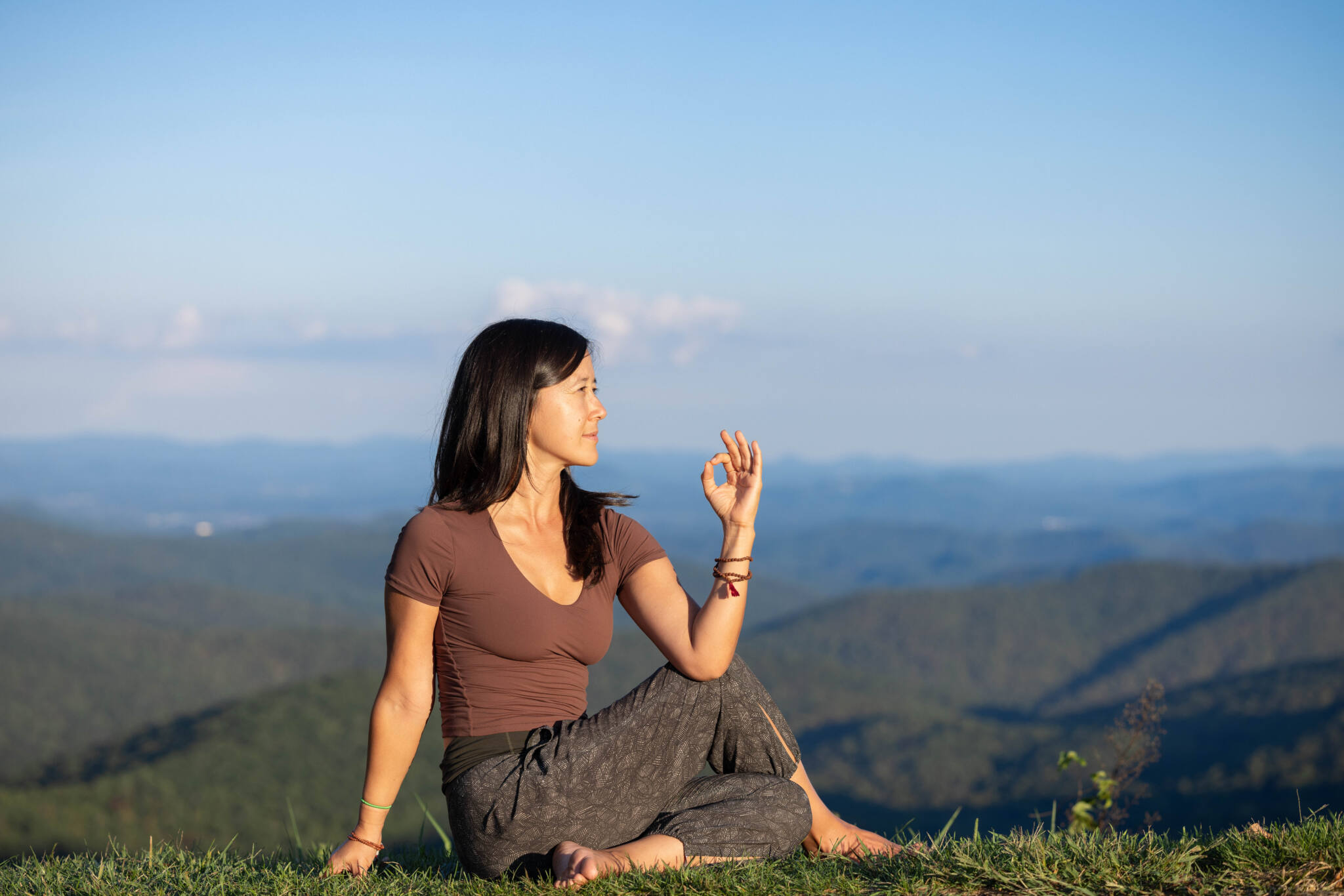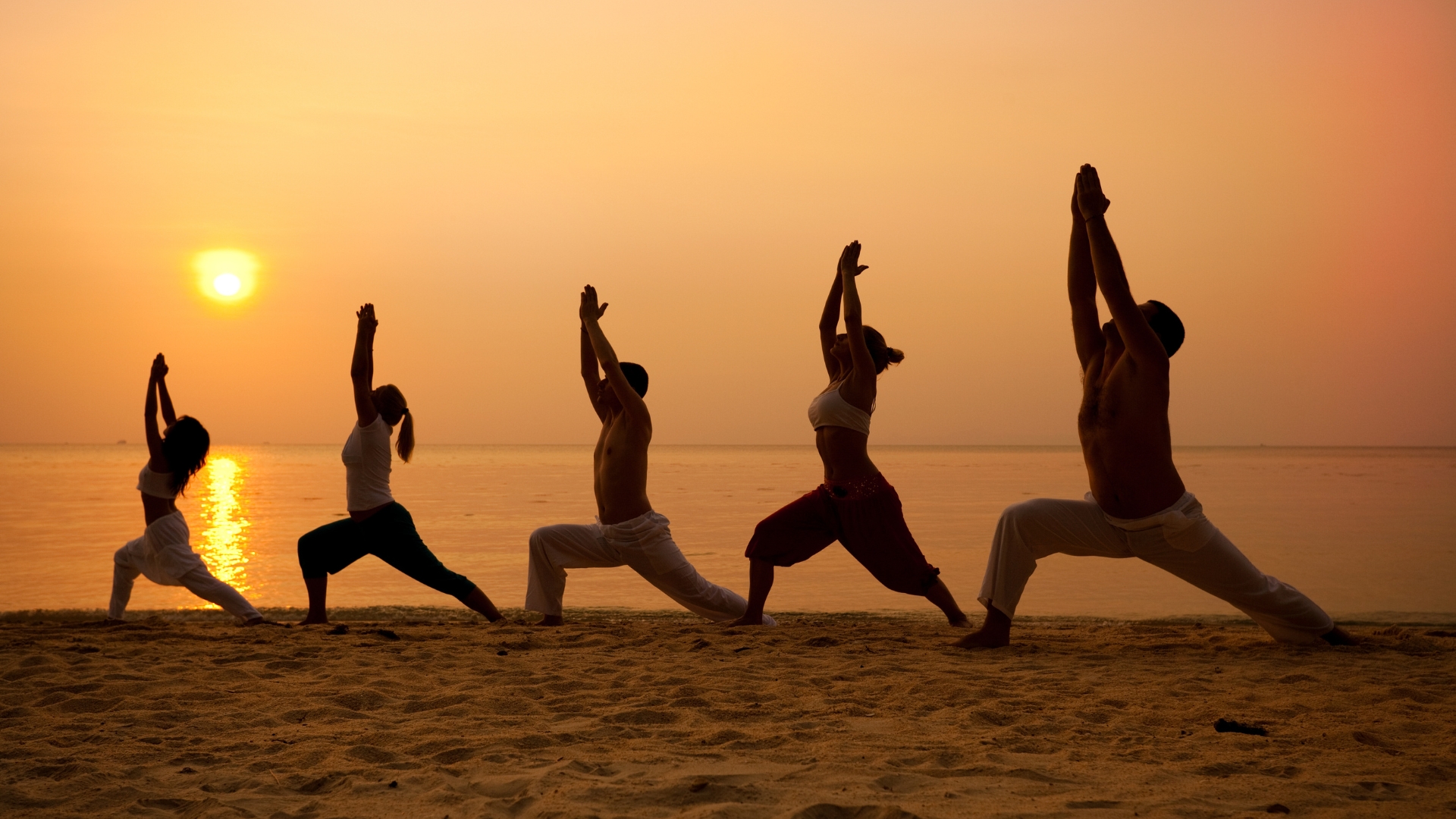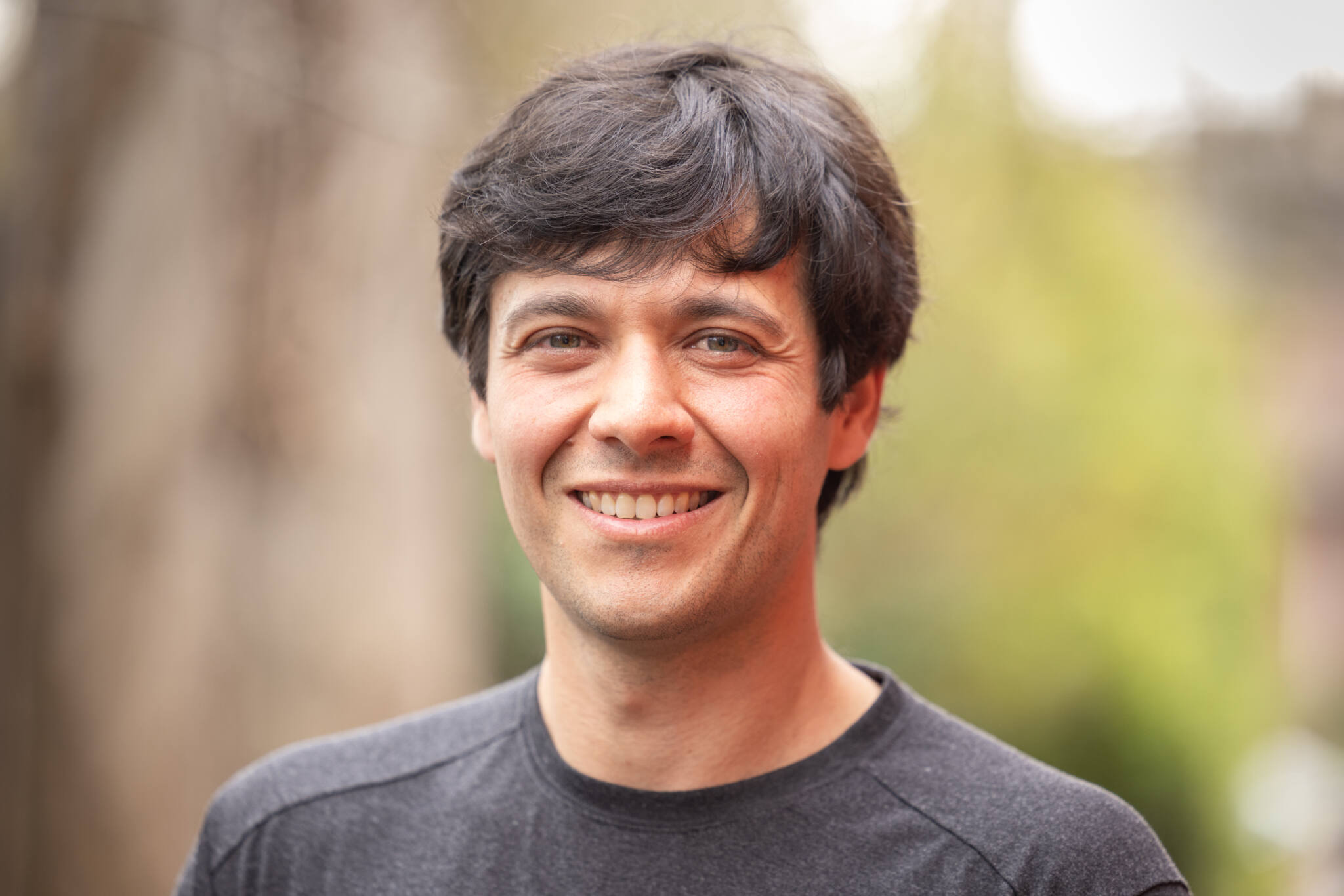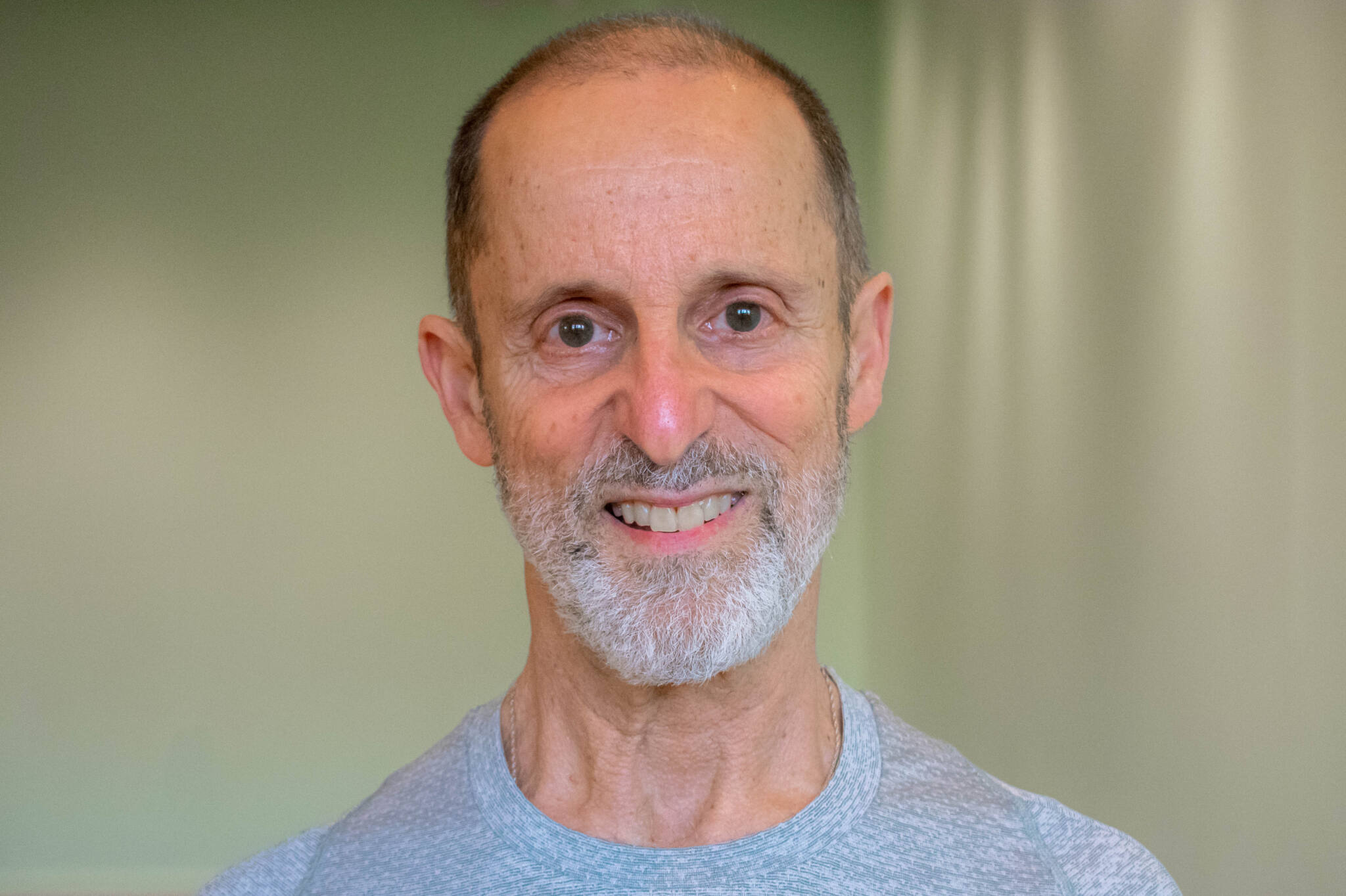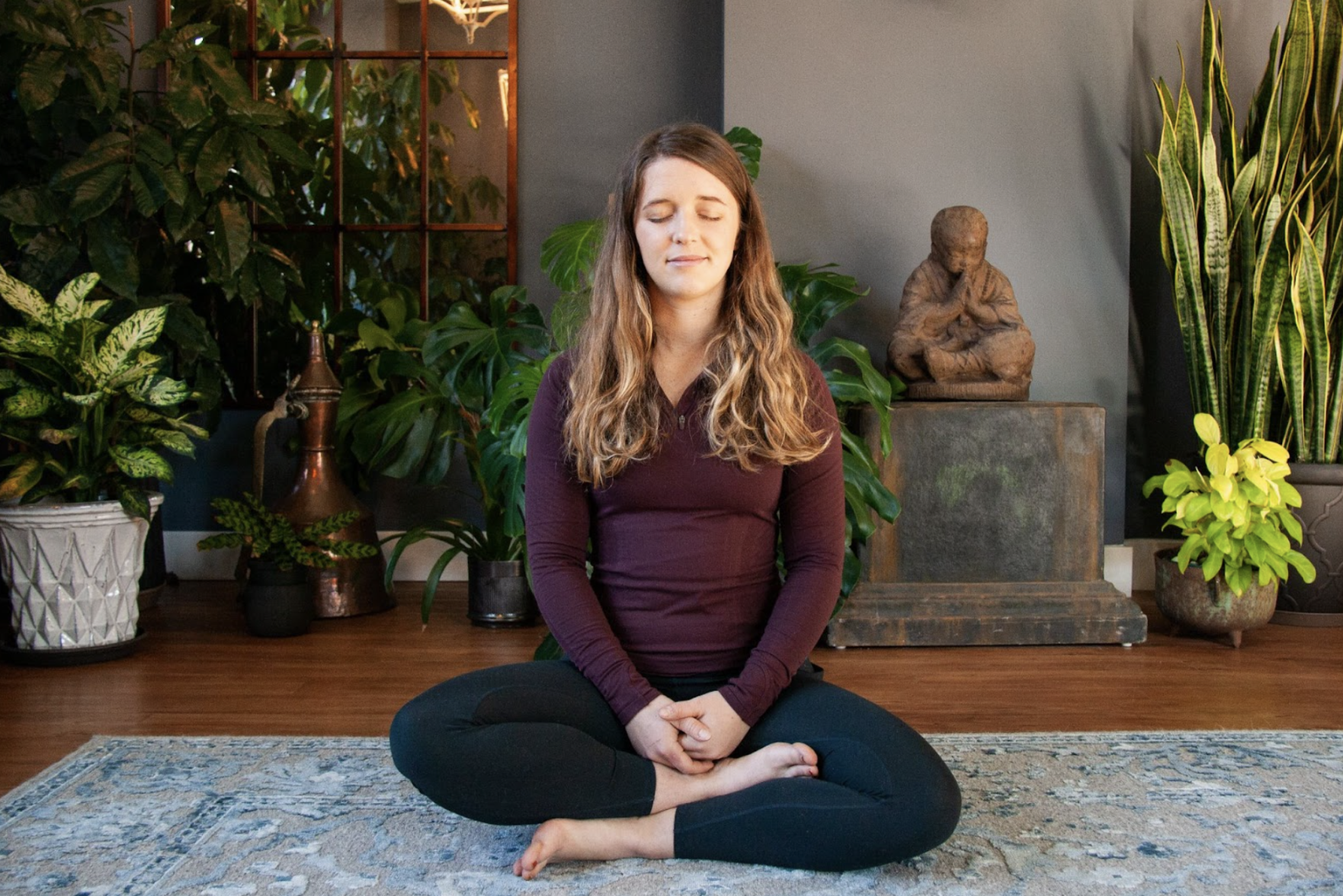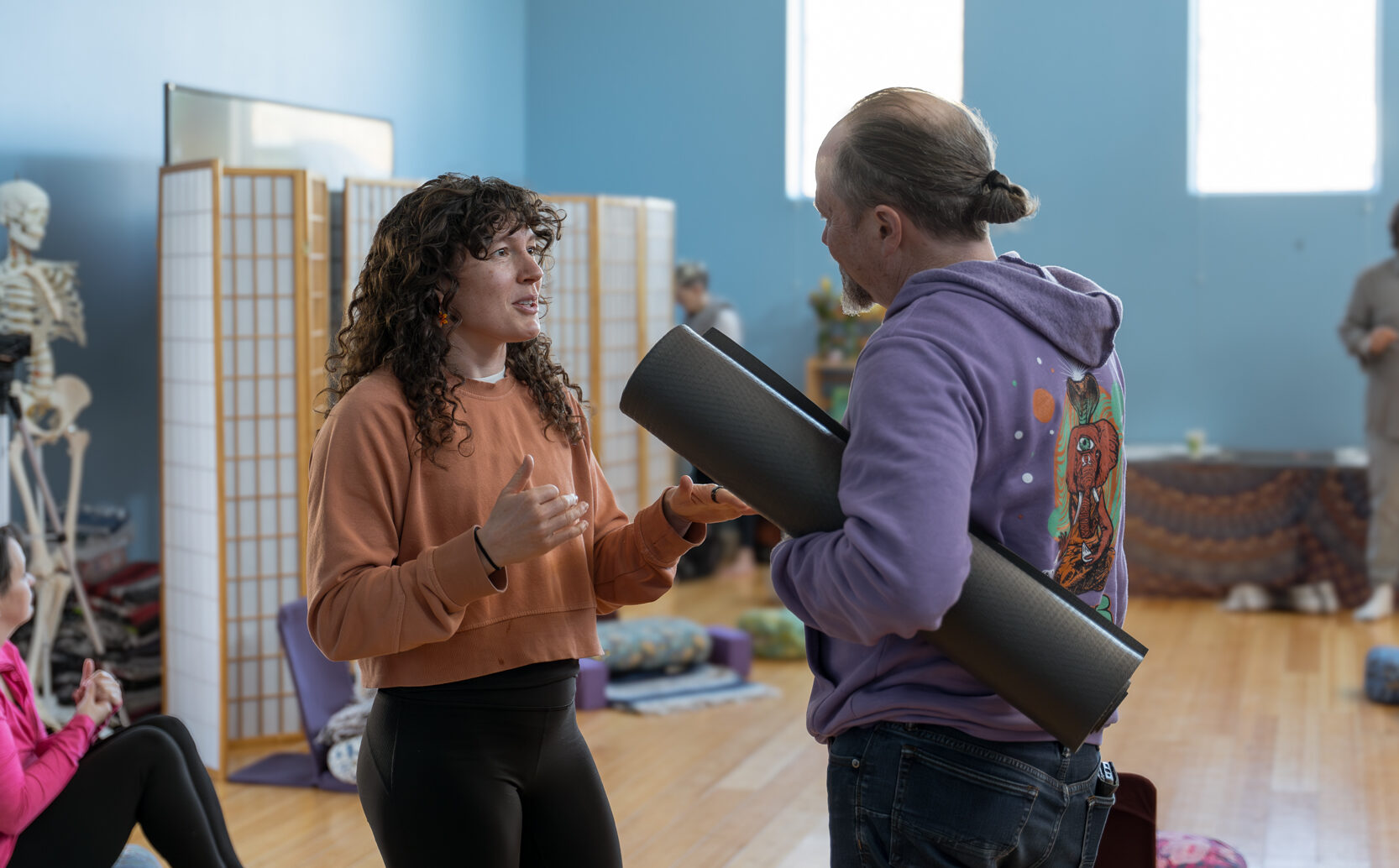
Introduction
If you’ve taken a yoga class, you’ve probably heard your teacher use the phrase “Sun Salutation”. Sun Salutations, or Sūryanamaskāra, is now a staple in yoga studios across the globe. Literally translating to “Saluting the Sun”, this practice consists of a series of poses linked with breath, and is used to help warm up the body at the beginning of a class.
Sun Salutations | Sūryanamaskāra
“Sūrya = The Sun | namaskāra = to salute
But where does the concept of Sun Salutations originate from? There are several theories…
Indian Mythology
As far back as the Vedas (12th–10th century BCE), there has been recognition of the Sun (surya) and its importance. The Rig Veda is filled with hymns that praise Surya as the “eye of the gods”, and the sustainer of life.
Surya was worshipped through fire rituals, mantras, and prostrations (a form of worship), often conducted at dawn. These early rituals were not physical sequences like the modern asana-based Surya Namaskara, but were symbolic acts of reverence, believed to bring good health and prosperity to those who practiced.
As Vedic rituals became more internalized, the sun was also identified with the inner sun (jatharagni, the digestive fire) and the spiritual heart (hridaya), symbolizing higher consciousness and the Self.
Bhawanrao Shriniwasrao Pant Pratinidhi
The most concrete historical roots of the modern Surya Namaskara are found in the early 20th century, during India’s encounter with Western physical culture and its nationalist resurgence.
One important figure in this development of modern Sūryanamaskāra is Bhawanrao Shriniwasrao Pant Pratinidhi. In the 1920s and 30s, he created and promoted a daily sequence of movements (what we now call Sun Salutations) as a simple way to stay healthy. His version could be practiced at home, with no special tools or training.
His goal was to help young people stay fit using a method rooted in Indian tradition. This early version wasn’t yet considered part of yoga; It was more a mix of Hindu devotion, physical exercise, and military-style drills.
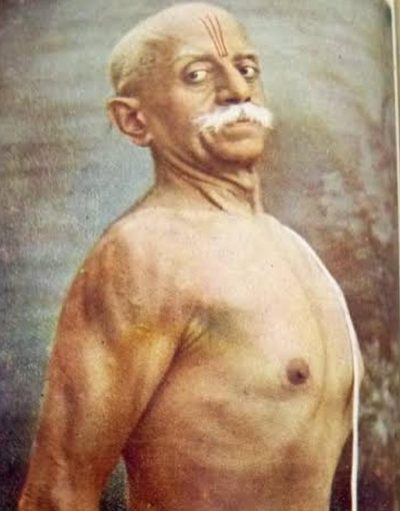
Krishnamacharya & Pattabhi Jois
A few decades later, T. Krishnamacharya, often called the father of modern yoga, began teaching dynamic sequences like Surya Namaskara at the Mysore Palace. His student, Pattabhi Jois, went on to make Sun Salutations a key part of Ashtanga Yoga, which is now practiced worldwide.
Yoga scholar Mark Singleton, in his book Yoga Body, explains that modern posture-based yoga was shaped by a blend of influences. This influence includes European gymnastics, Indian martial arts, and traditional yoga. Surya Namaskara, he says, is a great example of this unique mix of global movement traditions and Indian spirituality.
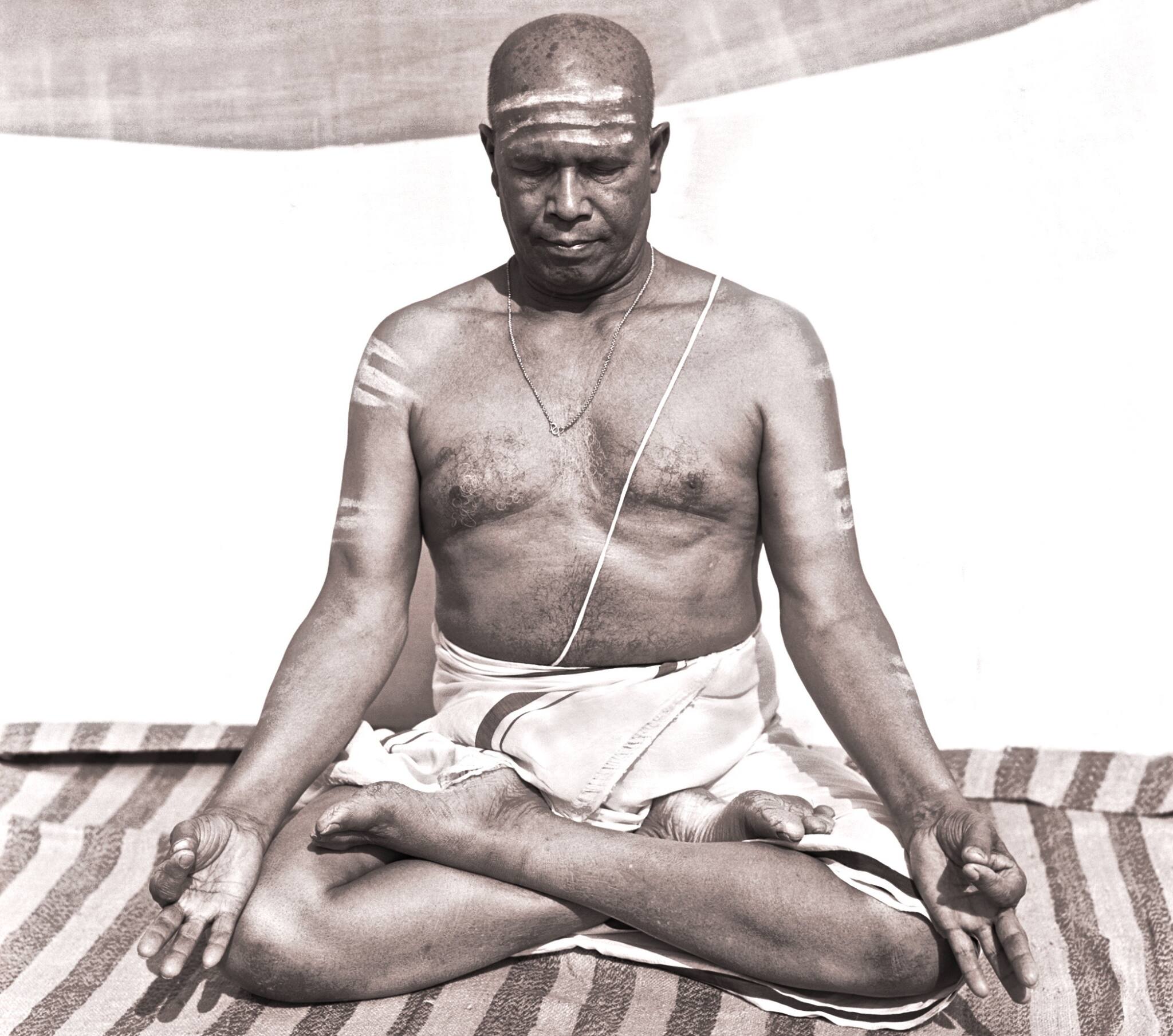
How do I do a Sun Salutation?
There are several variations of Sun Salutations, but all follow a similar pattern: you begin standing tall, move through a flowing series of postures (such as forward bends, lunges, planks, and backbends), and then return to your starting point.
- Sun Salutation A is a foundational sequence, often used as a warm-up, emphasizing symmetry and flow.
- Sun Salutation B adds more strength-building poses, like Chair and Warrior I.
- Sun Salutation C, often practiced in Integral Yoga, introduces Low Lunge and Cobra Pose for a gentler experience.
Each posture is paired with the breath: inhale to expand and reach, exhale to fold or root. As you move through the sequence, you build heat, increase circulation, and develop focus… all in just a few mindful minutes.
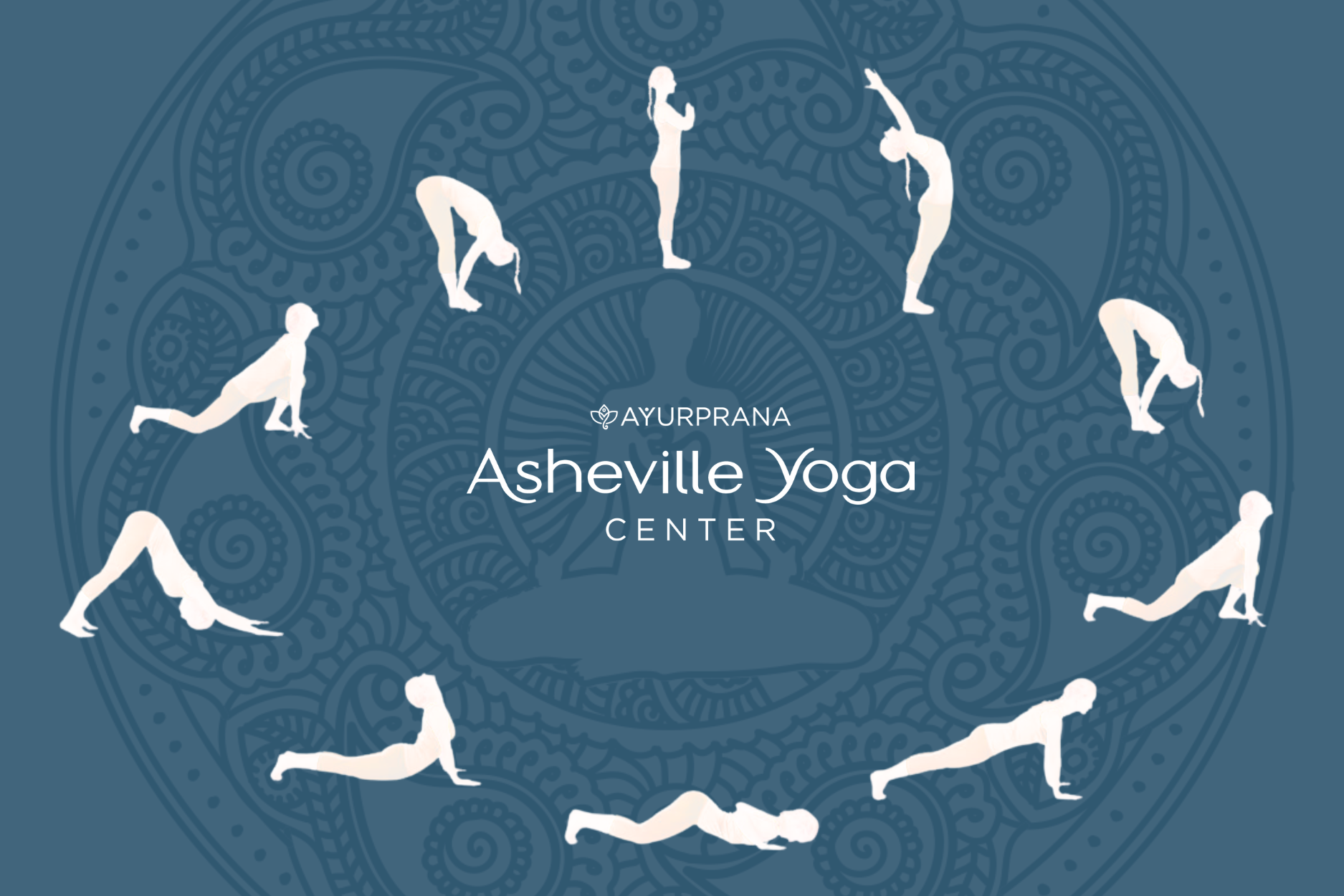
What are the benefits?
Sun Salutations offer a wide range of benefits for the body, mind, and spirit. As a dynamic series of postures synchronized with breath, they can increase circulation, enhance flexibility, and gently strengthen the entire body. Practicing Sun Salutations regularly may also support heart health… one study published in the Asian Journal of Sports Medicine found that performing Sun Salutations for just 24 minutes a day over six weeks led to significant improvements in cardiorespiratory fitness among participants.
On a more subtle level, these sequences help regulate the nervous system, center the mind, and cultivate a sense of inner peace through the rhythm of breath and movement. Whether used as a warm-up, a meditative flow, or a full-body practice on their own, Sun Salutations are a powerful way to awaken the body and connect with the present moment.
There’s a quiet magic in greeting the day with movement and reverence. Sun Salutations invite us to bow to the brilliance both outside us and within. Whether you practice one round or ten, whether it’s at sunrise or sundown, know that each time you flow, you are part of an ancient lineage of light.
Guided Sun Salutation Videos:

About the Authour
After earning her 200-Hour Yoga Teacher Training certification in 2023, Chloe spent a year teaching yoga and leading retreats before transitioning into a marketing role. Chloe loves her job because she gets to help others discover the transformative power of yoga through her work.
Outside the office, Chloe is deeply engaged in the sciences. Currently studying Conservation Biology at Warren Wilson College, she is involved in multiple research projects at both the university and state level. In 2022, she thru-hiked the Appalachian Trail and documented her journey on YouTube, merging her love for nature, storytelling, and personal growth.
